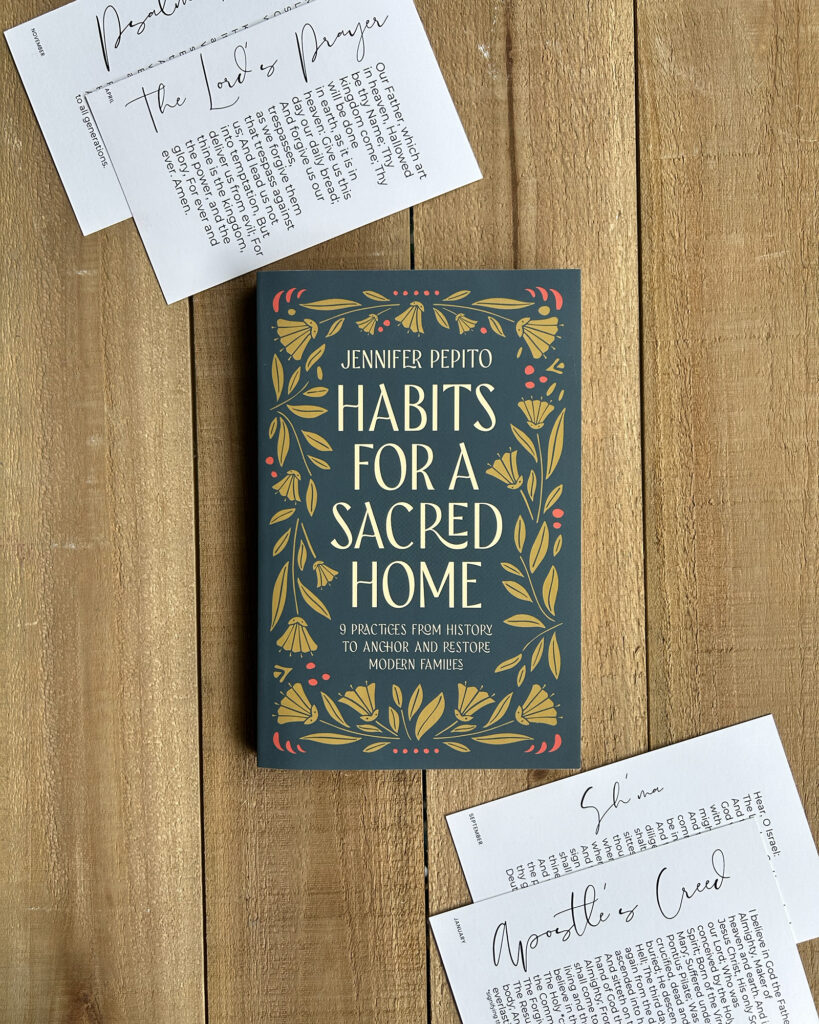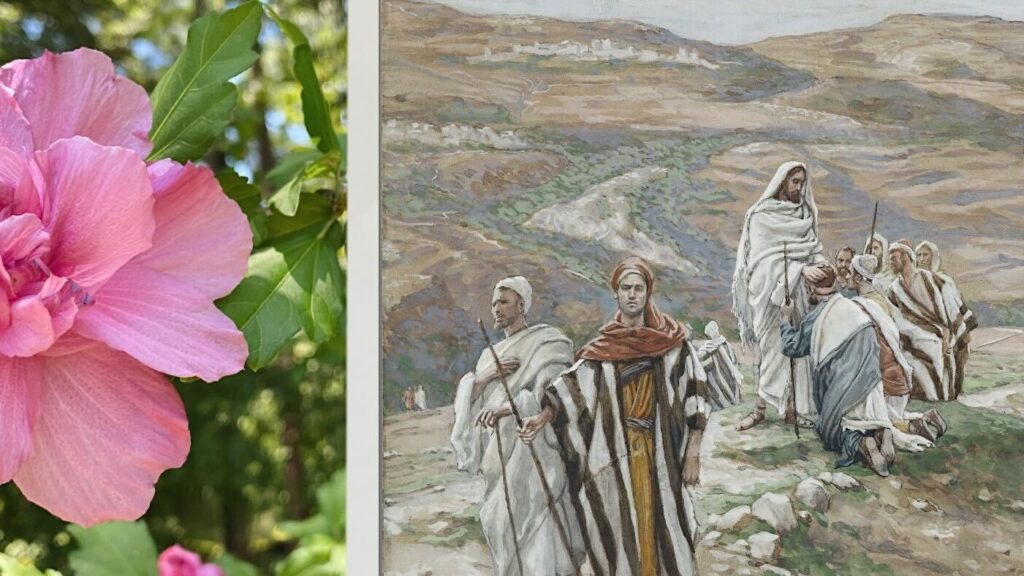The CMP Review — Week of May 27
May 27, 2024
“Indeed, there is Gladness enough in the world for us all; or, to speak more exactly, there is a fountain of Gladness in everybody’s heart only waiting to be unstopped. Grown-up people sometimes say that they envy little children when they hear the Gladness bubbling out of their hearts in laughter, just as it bubbles out of the birds in song; but there is no room for regret; it is simply a case of a choked spring: remove the rubbish, and Gladness will flow out of the weary heart as freely as out of the child’s.” (Vol. 4 Book 1 pp. 131-132)
@tessakeath
May 28, 2024

Charlotte Mason wrote, “Education is an atmosphere, a discipline, a life.” In other words, “parents and teachers should know how to make sensible use of a child’s circumstances (atmosphere) to forward his sound education; should train him in the discipline of the habits of the good life; and should nourish his life with ideas, the food upon which personality waxes strong.”
Many studies have been made of each of these instruments of education — the atmosphere of home, the discipline of habit, and living ideas. But few studies have explored the synergy between and interdependence of these instruments.
Jennifer Pepito has. The fruit of her quarter-century of homeschooling, many years of coaching and mentoring, and countless hours of reading and reflection is a new and unique volume, a mosaic of habit and life, atmosphere and home, by which three instruments of education blend into one.
And she has ordered this mosaic around an enduring theme. It’s a theme not mentioned in Mason’s volumes, but nevertheless not foreign to the Charlotte Mason community today. You may have heard Melanie Walker-Malone talk about it last week. It is a theme that enables habit and life to be bound together into a rule. The rule of a saint named Benedict.
Recently I had the opportunity to speak with Jennifer about Charlotte Mason, habits at home, and her new book. Listen in here.
@artmiddlekauff
May 29, 2024
“A multiplicity of interests” — that’s what Ellen Parish suggests we give our children over summer break.
It’s not a checklist to be worked through—just some ideas to help children think and act constructively that still allows plenty of freedom. They also help keep kids from endless screen time or fighting with one other.
Here’s a list of ideas taken from Miss Parish’s Parents’ Review article, Holiday Amusements, which you can bookmark for reference.
- Sports & games
- Serving others: working for missions, the poor, or teaching something to someone
- Handicrafts (both new and familiar)
- Read aloud as a family
- Read a Shakespearean play with each family member taking roles
- Read a book in a foreign language
- Go on an excursion
- Classify and arrange collections in a home museum
Grow a botanical or vegetable garden - Cooking lessons
- Family Scientific Society: each to choose a subject to research and present on
- Part singing
- Learn new physical exercise
- Go on an expedition: archaeological, architectural, historical or literary; making a detailed study, producing rough maps or sketching what one likes
- Nature study: book free with outdoors providing the facts
- Keep bird or flower list
What would you add to the list?
@rbaburina
May 30, 2024

No homeschool is an island, and even the most resourceful parents need a community of support. We never participated in a co-op, so we felt our need for help all the more acutely. One place we found inspiration and sustenance over the years was at Charlotte Mason retreats and conferences.
Usually these retreats welcomed young people. Many of the summers of my daughter’s life were embellished by retreats in various locales and run by various organizations. Collectively they left an indelible mark on her soul and made a significant contribution to her education and formation.
Handicrafts is not my strong suit (to say the least), so I am thankful for how Anesley has been introduced to crafts by people who love to, and know how to, work with their hands. Over the course of multiple retreats my daughter learned the craft of wood burning, and it remains one of her favorite pastimes.
I was intrigued by the subject matter of her latest project. She chose the text of “The Children’s Hour” along with her own original illustrations. In 1981, Jenny King, a graduate of the House of Education, wrote, “Learning of verse by heart comes easily to many children as they grow out of the nursery rhyme, so a wealth of poetry can be made their own.” And then she added, “Parents can learn with their children and share in the pleasure of recitation.”
Although it did not come easily, I did learn that poem by heart, because I wanted to learn with my children. I could not do the same with wood burning. I am glad that others volunteered their time and talent to share the art I couldn’t.
@artmiddlekauff
May 31, 2024
I ran outside when I heard this guy gobble gobbling at his reflection in a window. He was challenging that turkey in the mirror to a duel, no doubt! 🤣 🦃
I didn’t catch his duel on video, but I did get to hear him making this funny squeaking call. I have never noticed that call before with our neighbourhood wild turkeys.
They are such funny creatures. They really do bring me joy when they walk through my yard!
@antonella.f.greco
June 1, 2024
Is it me, or is there just something so special about the sound of rushing water?
We have a small river right on campus where we live and I love going to this spot to listen to the river rushing over the rocks. It makes me feel… I don’t even know how to describe it… So alive… So refreshed… So peaceful… You fill in the blank if you get me!
@antonella.f.greco
June 2, 2024

“The mission of the Twelve is recorded in three Synoptics,” explains Ralph Earle, but “the sending of the Seventy only in Luke. This is in keeping with the point of view of this Evangelist. [Alfred] Plummer puts it this way: ‘This incident would have special interest for the writer of the Universal Gospel, who sympathetically records both the sending of the Twelve to the tribes of Israel (11:1–6), and the sending of the Seventy to the nations of the earth.’”
“In Perea,” he continues, “where these servants of Christ were sent, the population was more Gentile than in Judea. Yet it was predominantly Jewish. While nothing is said about the Gentiles in the instructions to the Seventy, neither is there any prohibition against preaching to them, as there was in the case of the Twelve (Matt. 10:5–6).”
In his volume The Gospel History, C. C. James places this sending of the Seventy shortly after the raising of Lazarus. Charlotte Mason follows James’s chronology and explores the expending mission of our Lord in her poem “The Seventy are sent forth.” Find it here.
@artmiddlekauff